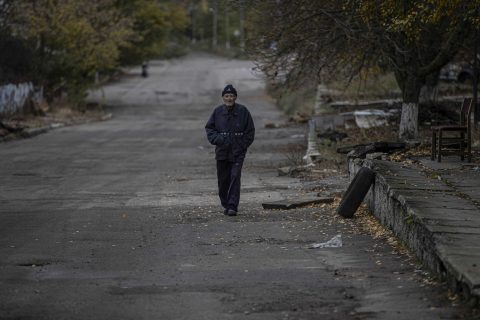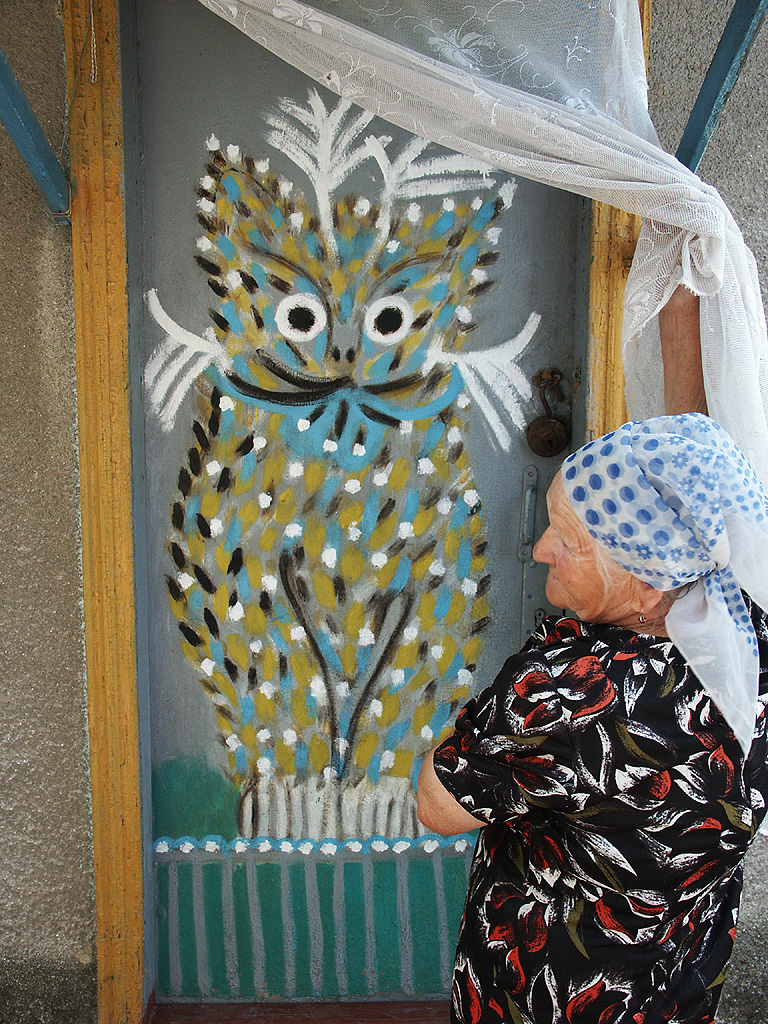
Under Occupation and Water: How Oleshky in Kherson Oblast is Coping with the Disaster
Before the war, Oleshky had a population of 20,000 residents. The town is located 70 kilometers away from the Kakhovka Dam, but due to its geographical location on the banks of the Konka River, it quickly felt the consequences of the dam’s breach. Coping with them has been challenging due to the occupation.
Local residents say that the water began to arrive a few hours after the dam breach, specifically on the day of June 6. During the night of June 7, the water level rose by a meter in some areas of Oleshky, and 90% of the city’s territory was flooded. The water arrived rapidly.
Katerina’s parents live in Oleshky and were at home during the catastrophe. They told her about what was happening in the town over the phone. “At the beginning, when the water was only knee-deep, my dad went into the house to retrieve documents. He couldn’t exit through the door anymore as it was blocked by water. He barely managed to escape through the window onto the roof,” she says.
My father went into the house to retrieve documents. He couldn’t exit through the door anymore.
Some locals didn’t manage to evacuate, even though they knew Oleshky would be flooded, while others stayed consciously. When the water started to rise, a local resident named Olena released the dogs from the enclosures, which were later picked up by representatives of the Russian Ministry of Emergency Situations, and she went into the house. After the water level rose, the woman moved to the second floor (where she is now). She doesn’t want to ask the Russians for help and has no plans to leave her home. Olena learned that her neighbors also stayed behind because she heard their voices.
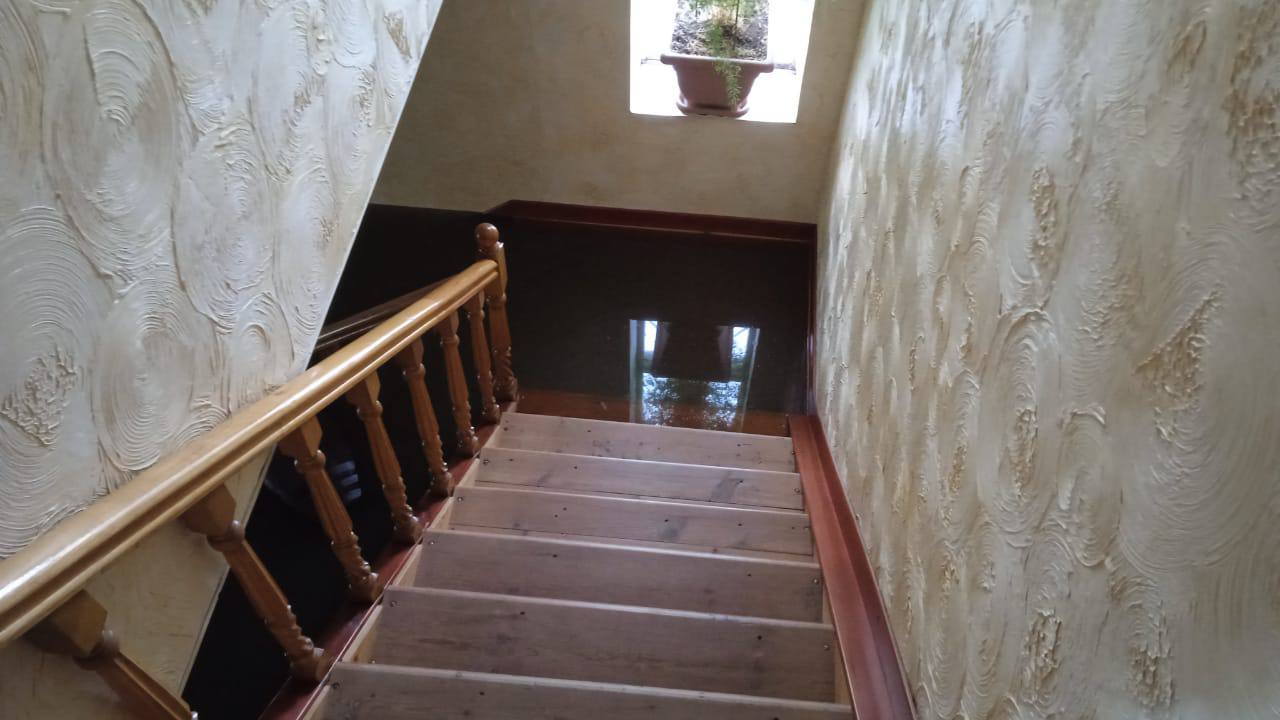
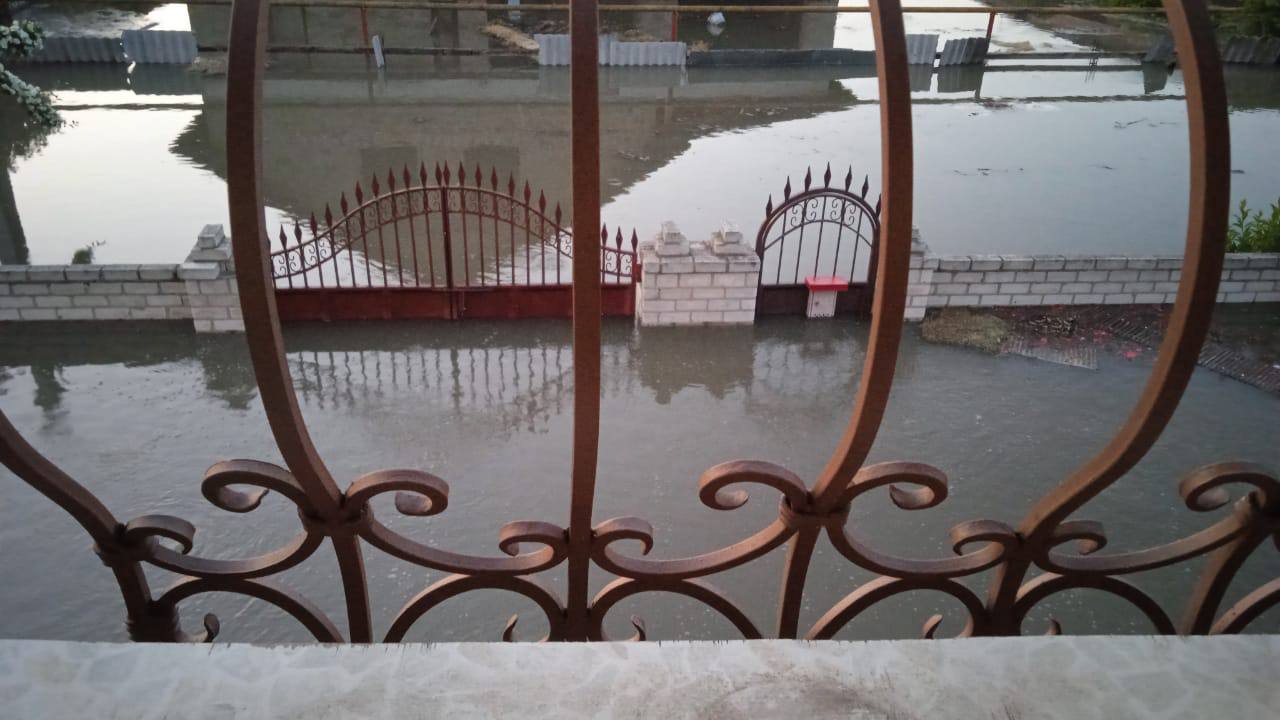
According to the Oleshky City Military Administration, immediately after the flooding, communication provided by Russian mobile operators was lost in the city. People were able to contact their relatives through Ukrainian operators, as the network was supported by stations in Kherson, which is located 20 kilometers away from Oleshky.
Volunteers
Volunteers went to Oleshky on the first day of the disaster, and their numbers only grew from there. Elena Voloshchuk’s team consisted of about 50 people. They used boats to evacuate local residents to the city center, which remained unharmed. There, three schools and a club are located, where theoretically the townspeople can find shelter. Rescue requests are accepted via phone or from relatives of those trapped in flooded houses. Volunteers ask taxi drivers to help them find the necessary addresses.
Rescue operations in Oleshky are conducted from morning until nine in the evening. They are suspended during the night due to the lack of lighting. Today, as in the first days, the main problem for volunteers is the shortage of boats and rescuers. Another challenge is the poor communication. Even in areas where it was available after the flooding, people’s mobile phones ran out of battery.
The worst situation is currently on Nyzhnia Street, which is located right on the waterfront. Only on June 7th, Voloshchuk received about 50 evacuation requests (each request involving several people), but they were unable to evacuate everyone due to a shortage of boats and time.
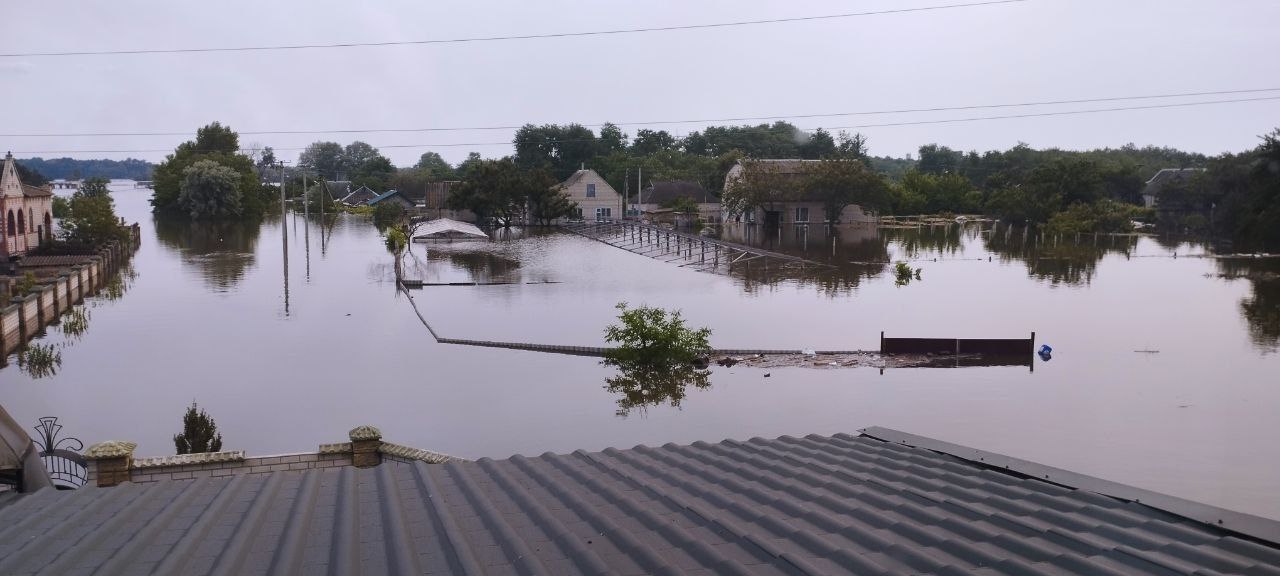
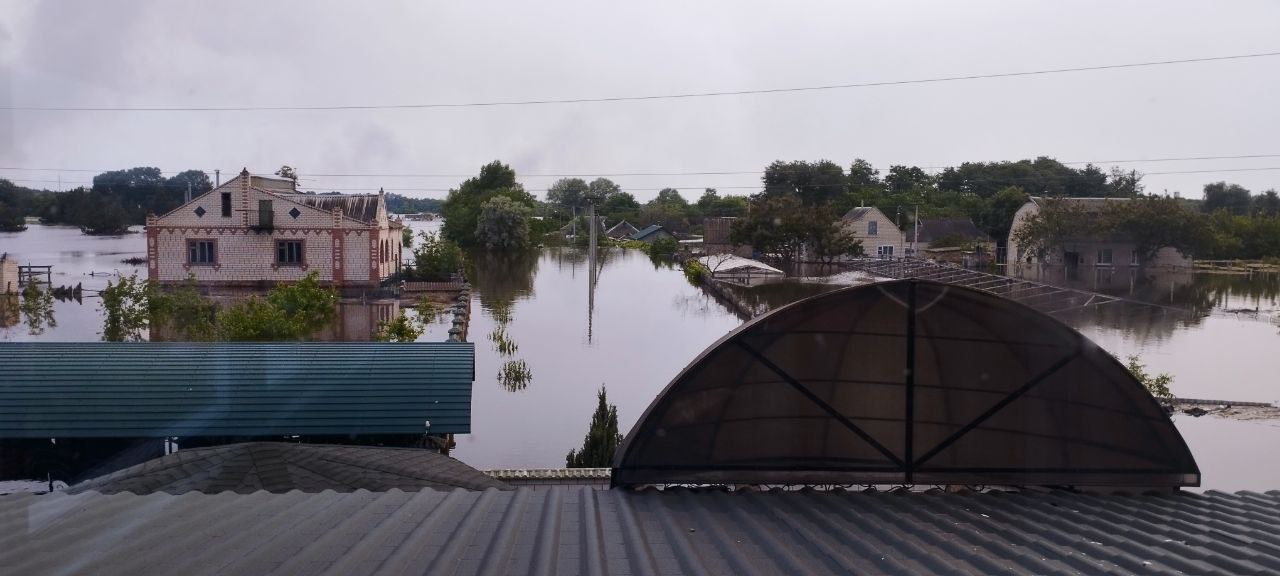
Occupation authorities
At the beginning of the flooding, the Russians allowed Ukrainian volunteers into Oleshky and sometimes evacuated the affected individuals themselves, but they were not actively involved in the rescue operations.
Yaroslav Vasilyev, originally from Oleshky but living in Germany, began searching for volunteers on June 6 to evacuate his father from the city. Once his father was safe, Vasilyev decided to become a volunteer himself. Now he helps the affected people remotely by coordinating rescue operations. According to him, the Russian Emergency Situations Ministry (EMERCOM) only accepted applications but did not rescue anyone. Olga confirms Vasilyev’s words. Her relatives waited for assistance for two days, even though she sent an application to the Russian EMERCOM immediately after the flooding in Oleshky. They were saved by an unknown man who sailed by their house on a boat.
Volunteer Voloshchuk says that Russian rescuers to whom she provided phone numbers of those in need stopped responding when they realized that the numbers were Ukrainian.
“They don’t trust us, and we don’t trust them,” Vasilyev notes, “but we still have to provide the Russians with coordinates of the flooded areas. We hope that people will be helped.” According to him, there is significant support from Ukrainians in Crimea who are buying boats, motors, and spare parts.
Volunteers report that the Russian EMERCOM eventually started rescuing the residents, but they do it selectively. Russian rescuers only evacuated those with Russian passports. As reported by the Russian service of the BBC, for those with Ukrainian passports, the occupation authorities are preparing field camps.
The Russian EMERCOM eventually started rescuing the city residents; however, they do it selectively.
The loyalty of the Russian EMERCOM towards Ukrainian volunteers also didn’t last long. On the morning of June 8th, it banned volunteers from swimming on boats to the territory of Oleshky.
Victims
Prior to the war, the population of Oleshky territorial community was about 38,000 people. According to approximate data from the local military administration, after the occupation, it decreased by almost half to 16,000. On June 8th, the mayor of Oleshky, Yevhen Ryshchuk, announced that nine people had died as a result of the flooding. The bodies of eight of them were brought to the hospital, while one remains in a submerged house. However, volunteers claim that the number of victims is much higher. According to Voloshchuk, there were about thirty in the morning of June 8th alone, and Yaroslav Vasilyev believes there are over a hundred. Both volunteers and officials agree on one thing: the number of victims will continue to rise. It is unknown where the deceased will be buried. The local cemetery is flooded, and it is not possible to keep them in the morgue due to the lack of electricity.
No one is able to predict how long the operation to rescue the residents of Oleshky will continue. Today, the water level in the city is receding. However, volunteers and authorities are preparing for a humanitarian catastrophe that may occur in Oleshky due to the heat and the presence of decomposing bodies of those who could not be saved.
Photo: Aleksey Filippov / AFP
New and best



